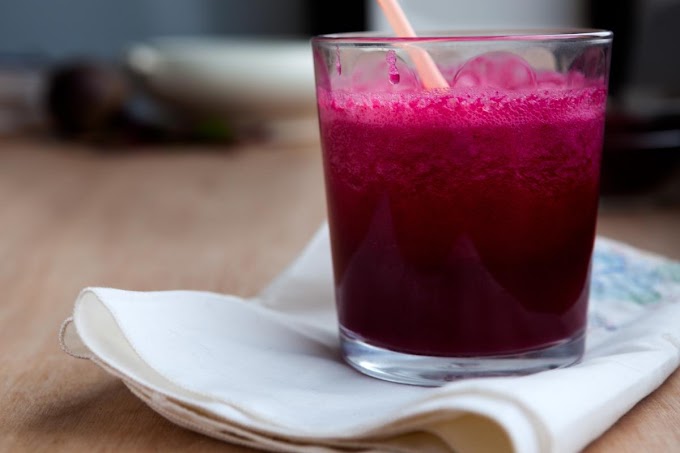Why Use Yogurt in Cake?
Before diving into the recipe, let’s talk about why yogurt is such a great ingredient for cakes. Yogurt, especially plain or Greek yogurt, adds moisture and richness to baked goods without the need for large amounts of butter or oil. Its natural tanginess balances the sweetness of the cake, making the overall flavor more complex and less cloying. Additionally, the acidity in yogurt helps activate baking soda or baking powder, leading to a lighter, airier cake.
The Health Benefits of Yogurt
Besides its culinary advantages, yogurt brings nutritional benefits to the table. It's a great source of protein, calcium, and probiotics—beneficial bacteria that aid in digestion and support gut health. If you're looking for a healthier cake option without sacrificing taste or texture, a yogurt-based cake is a fantastic choice. Pairing yogurt with fruit further boosts the cake's nutritional profile, offering vitamins, antioxidants, and fiber.
Choosing the Right Fruit
When it comes to adding fruit to your yogurt cake, the options are wide open. Fresh fruits like berries, peaches, apples, and pears work beautifully in these cakes. Frozen fruits can also be used, though it’s best to thaw them first and drain any excess liquid to avoid a soggy cake. Dried fruits like raisins, cranberries, or apricots can be included for added texture and sweetness, but they should be plumped in water or juice before being folded into the batter to prevent them from drying out further during baking.
The beauty of fruit in cakes lies in how it interacts with the batter. Fresh or frozen fruits release juices while baking, creating pockets of flavor throughout the cake, while dried fruits add bursts of concentrated sweetness.
Recipe: Yogurt and Fruit Cake
Now, let’s get into the actual recipe for a cake with yogurt and fruit. This recipe is simple, versatile, and can be made with fruits of your choice. For this example, we’ll use blueberries and peaches, which provide a delightful combination of tartness and sweetness.
Ingredients:
1 cup plain yogurt (Greek yogurt works well)
2 large eggs
1/2 cup vegetable oil or melted coconut oil
1 cup granulated sugar
1 teaspoon vanilla extract
1 1/2 cups all-purpose flour
1 1/2 teaspoons baking powder
1/2 teaspoon baking soda
1/4 teaspoon salt
1 cup fresh or frozen blueberries
1 cup sliced fresh peaches (or other fruit of your choice)
Optional: 1 tablespoon lemon zest for extra flavor
Instructions:
Preheat the oven: Set your oven to 350°F (175°C) and grease a 9-inch round cake pan or line it with parchment paper for easy removal.
Prepare the wet ingredients: In a large mixing bowl, whisk together the yogurt, eggs, oil, sugar, and vanilla extract until the mixture is smooth and well combined.
Mix the dry ingredients: In a separate bowl, sift together the flour, baking powder, baking soda, and salt.
Combine the wet and dry ingredients: Slowly add the dry ingredients to the wet mixture, stirring gently until just combined. Be careful not to overmix, as this can result in a dense cake. If you’re using lemon zest, fold it in at this stage.
Fold in the fruit: Gently fold in the blueberries and sliced peaches, being careful not to crush the berries. If you're using frozen fruit, make sure it's thawed and drained of any excess liquid to avoid making the batter too wet.
Bake the cake: Pour the batter into your prepared cake pan, spreading it out evenly. Bake in the preheated oven for 35-40 minutes, or until a toothpick inserted into the center comes out clean. Baking times may vary depending on the moisture content of your fruit, so keep an eye on the cake toward the end of the baking time.
Cool and serve: Once the cake is baked, allow it to cool in the pan for 10-15 minutes before transferring it to a wire rack to cool completely. You can serve the cake as is, or top it with a dusting of powdered sugar or a simple glaze made from lemon juice and powdered sugar for a zesty finish.
Customizing Your Yogurt and Fruit Cake
One of the best things about this cake is its flexibility. Here are some ways you can customize the recipe to suit your preferences:
Fruit Variations: Instead of blueberries and peaches, try using raspberries, strawberries, blackberries, or cherries. For a more tropical flavor,diced mango, pineapple, or even passionfruit can be used. Apples and pears also pair well with yogurt-based cakes, especially when spiced with cinnamon or nutmeg.
Herbs and Spices: Adding a hint of spice or herbs can elevate your yogurt and fruit cake to the next level. A touch of cinnamon, cardamom, or nutmeg works well with stone fruits, while fresh herbs like thyme, rosemary, or basil can add a surprising and delicious twist, especially with berries or citrus fruits.
Citrus Zest: Lemon, lime, or orange zest can brighten up the cake’s flavor, adding a zesty note that complements the tanginess of the yogurt and the sweetness of the fruit.
Toppings and Glazes: A simple lemon glaze made with lemon juice and powdered sugar drizzled over the cooled cake can add a nice tartness. Alternatively, a dollop of whipped cream, a scoop of vanilla ice cream, or a spoonful of Greek yogurt on top can transform this cake from a simple snack to an elegant dessert.
Storing and Serving
This yogurt and fruit cake is best enjoyed fresh, but it can be stored in an airtight container at room temperature for up to two days. If you plan to keep it longer, refrigerate it for up to five days. You can also freeze the cake for up to two months—just make sure it’s well wrapped. When serving, it’s delicious on its own, but pairing it with a hot cup of tea or coffee enhances the experience even further.
Final Thoughts
Yogurt and fruit cakes are a delightful option for those who want a light, moist cake with a fresh, fruity flavor. The combination of tangy yogurt and sweet, juicy fruit makes for a cake that’s perfect for any occasion—from breakfast to dessert. Plus, the health benefits of yogurt and fruit mean you can indulge a little more guilt-free.
So, the next time you're in the mood for baking, why not try a yogurt and fruit cake? With its versatility, ease of preparation, and delicious results, it’s sure to become a go-to recipe in your kitchen. Happy baking!








Social Plugin